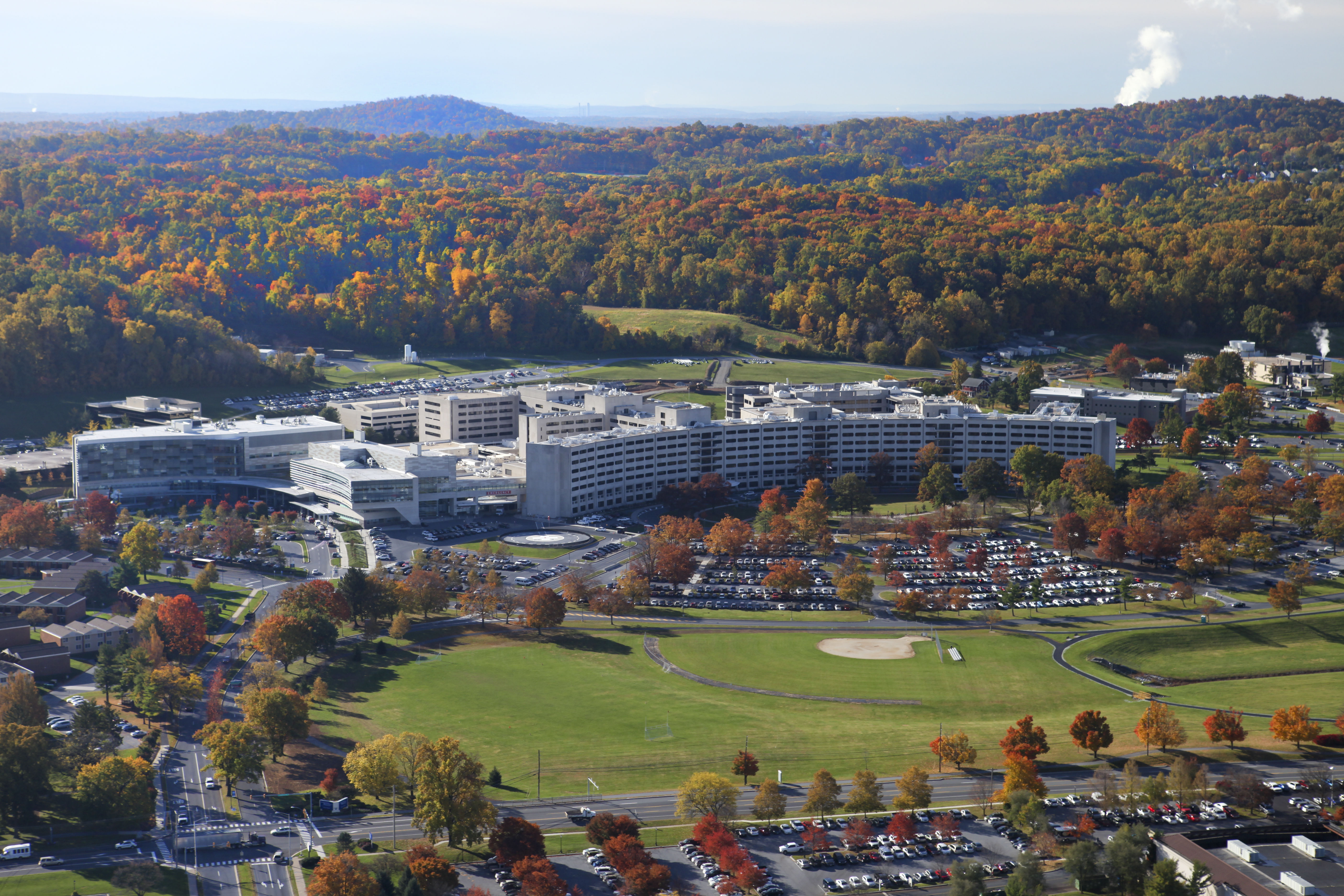Resilient, reliable, and affordable electricity
The highly digitalized modern world demands a reliable grid that can power our everyday lives and ensure quality power to critical infrastructure and facilities. When power systems fail, lives are immediately interrupted and put at risk. Through access to sustainable, reliable, and affordable electricity, providers can directly improve the quality of life of those who interact with their system.
Our global energy grid is badly in need of investments, often unreliable, and currently incapable of taking us to a new energy future. As climate change continues to result in more severe weather events, our aging infrastructure has accumulated the resulting damage and led to hundreds of blackouts across the world, leaving millions in the dark. Our grid systems must be built to adapt to and withstand severe shocks to the electrical system and ensure our safety and security are not compromised. To grow in a way that is both sustainable and resilient, modernizing our electricity grid and ensuring reliability is essential.
To confront this challenge, the U.S. Green Building Council (USGBC) partnered with leaders in the power industry to develop a holistic, simple, and universally applicable tool to support the industry in developing the most reliable, scalable, and resilient grid possible. The PEER (Performance Excellence in Electricity Renewal) rating system was created through a decade of work in collaboration with industry leaders and with the support of key partners such as S&C Electric and the Robert W. Galvin Foundation.
Today, PEER joins a suite of certifications and credentials administered by Green Business Certification Inc. (GBCI). This includes LEED, the world’s most widely used green building rating system, which served as the model for the PEER program. With PEER, USGBC and GBCI aim to support global grid modernization efforts and to inspire, influence, and enable the energy sector to comprehensively address electricity demand, distribution, resiliency, and reliability.
Synergies between PEER and the UN SDGs
PEER recognizes the inextricable links of human health, the health of the environment, and the strength of our institutions. Strategies promoted by PEER drive market transformation in the power and energy sectors in ways that address climate change, protect the environment, and promote access to affordable and reliable energy. This is crucial in improving quality of life, reducing inequality and elevating resilience across a community.
There are many synergies between PEER and the United Nations Sustainable Development Goals (SDGs), which were created as a global effort to address the social, economic and environmental issues facing society today. Explore the synergies between PEER and the SDGs, to identify strategies to achieve specific SDGs through PEER certification. Explore the PEER and UNSDG synergies below or view the PDF.
| Goal 1: No poverty |
End poverty in all its forms everywhere. PEER advances goal 1 by:
|
|---|---|
| Goal 3: Good health and well-being |
Ensure healthy lives and promote well-being for all at all ages. PEER advances goal 3 by:
|
| Goal 4: Quality education |
Ensure inclusive and equitable quality education and promote lifelong learning opportunities for all. PEER advances goal 4 by:
|
| Goal 6: Clean water and sanitation |
Ensure availability and sustainable management of water and sanitation for all. PEER advances goal 6 by:
|
| Goal 7: Affordable and clean energy |
Ensure access to affordable, reliable, sustainable and modern energy for all. PEER advances goal 7 by:
|
| Goal 8: Decent work and economic growth |
Promote sustained, inclusive and sustainable economic growth, full and productive employment and decent work for all. PEER advances goal 8 by:
|
| Goal 9: Industry, innovation and infrastructure |
Build resilient infrastructure, promote inclusive and sustainable industrialization and foster innovation. PEER advances goal 9 by:
|
| Goal 10: Reduced inequalities |
Reduce inequality within and among countries. PEER advances goal 10 by:
|
| Goal 11: Sustainable cities and communities |
Make cities and human settlements inclusive, safe, resilient and sustainable. PEER advances goal 11 by:
|
| Goal 12: Responsible consumption and production |
Ensure sustainable consumption and production patterns. PEER advances goal 12 by:
|
| Goal 13: Climate action |
Take urgent action to combat climate change and its impacts. PEER advances goal 13 by:
|
| Goal 14: Life below water |
Conserve and sustainably use the oceans, seas and marine resources for sustainable development. PEER advances goal 14 by:
|
| Goal 15: Life on land |
Protect, restore and promote sustainable use of terrestrial ecosystems, sustainably manage forests, combat desertification, and halt and reverse land degradation and halt biodiversity loss. PEER advances goal 15 by:
|
| Goal 16: Peace, justice and strong institutions |
Promote peaceful and inclusive societies for sustainable development, provide access to justice for all and build effective, accountable and inclusive institutions at all levels. PEER advances goal 16 by:
|
| Goal 17: Partnership for the goals |
Strengthen the means of implementation and revitalize the global partnership for sustainable development. PEER advances goal 17 by:
|
